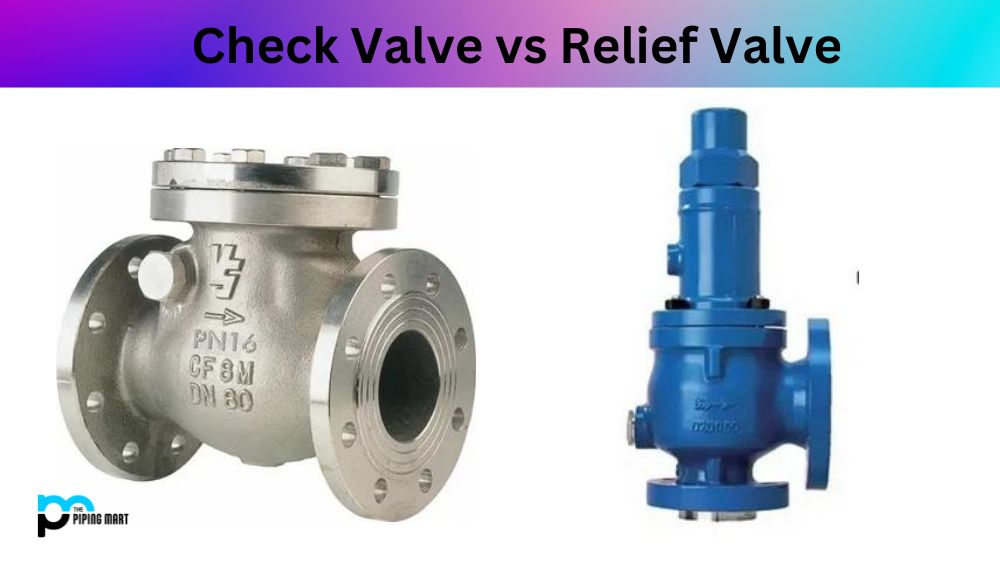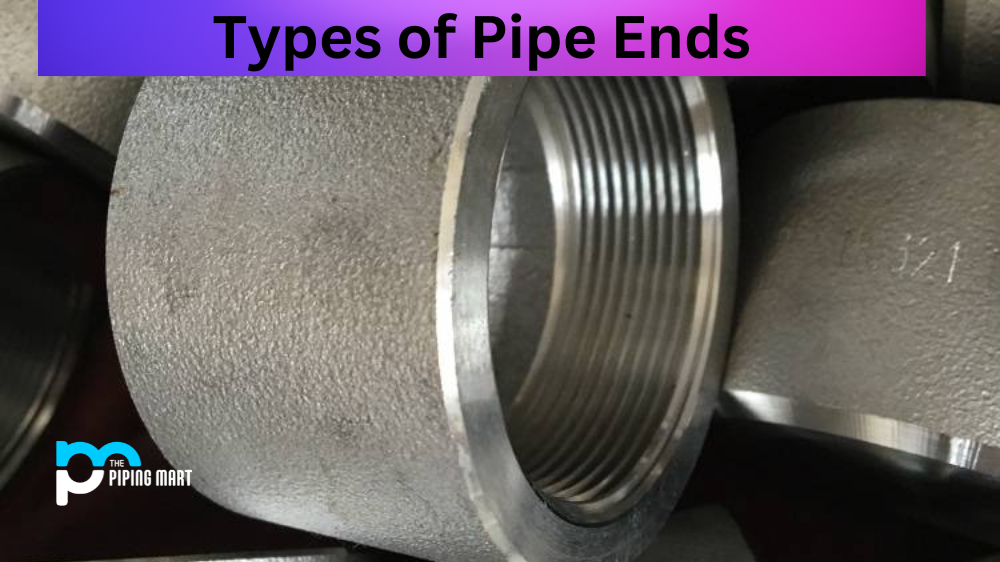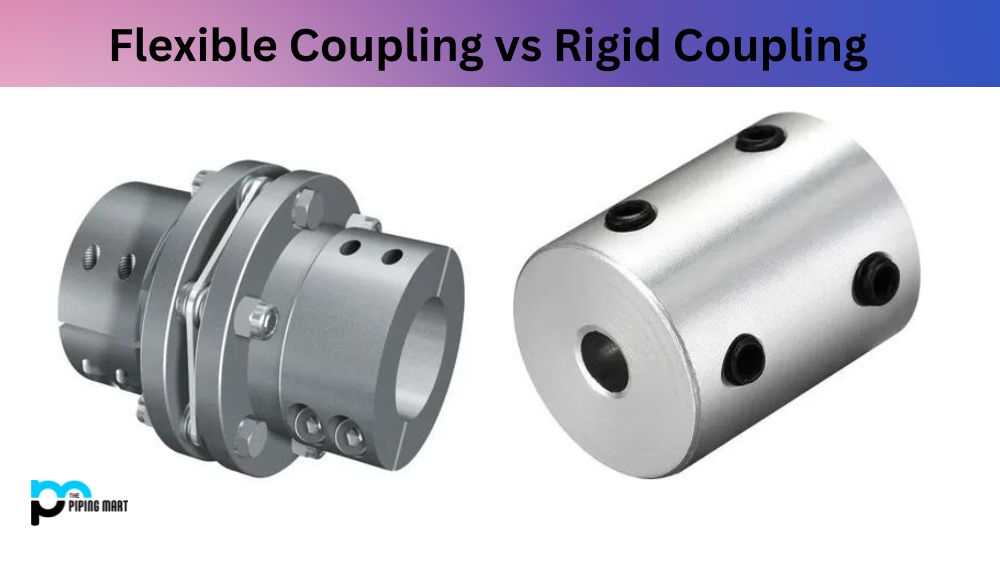Valves are essential in many pipelines in different industries, including oil, chemical, gas, and water. Different types of valves have various functions, designs, and applications. However, most people need clarification on two common valves: check valves and relief valves. While they both serve similar purposes, they function differently and are suitable for different applications. This article will highlight the difference between the two types of valves to help you understand their applications better.
What is Check Valve?
A check valve is designed to allow fluid (gas or liquid) to flow through it in one direction only. It consists of a spring-loaded poppet or disc which opens when pressure is applied to the upstream side and closes automatically when pressure is reduced or removed from the upstream side. Check valves are important components in many applications, such as oil gas, wastewater treatment, chemical processing, power generation and process control industries.
What is Relief Valve?
A Relief Valve is a type of valve used to control or limit the pressure in a system, including gases and liquids. It functions by opening at a preset pressure and allowing excess fluid or gas to be released from the system. This helps protect equipment from damage caused by excessive pressure that could otherwise lead to catastrophic failure.
Difference Between Check Valve and Relief Valve
Design and Construction:
A check valve is a one-way valve that only allows flow in one direction. It prevents backflow in pipes and systems and ensures fluids move in the intended direction. Check valves have a spring-loaded disc that closes when the fluid tries to flow in the opposite direction. They come in various designs such as Swing, Lift, Disk, and In-line.
On the other hand, a relief valve is a safety valve that protects a system from overpressure. It opens up when the pressure in the pipes exceeds the setpoint, relieving the excess pressure and ensuring system safety. Relief valves come in different designs like Pressure-Relief, Safety, and Pressure-Vacuum.
Applications:
Check valves are commonly used in applications requiring backflow prevention, including water treatment plants, pumping stations, and fire protection systems. They are also essential in oil refinery facilities where they prevent backflow in high-pressure pipelines.
On the other hand, relief valves are found in systems that need pressure protection, such as steam boilers, gas storage tanks, and air compressors. They ensure the system remains within safe operating limits and prevent equipment damage.
Placement:
Check valves are often installed in pipelines and fluid-related systems with a risk of backflow. They are placed downstream, close to the equipment or device they protect, to prevent backflow and protect the downstream components.
Relief valves, on the other hand, are placed at the end of the line, where pressure builds up. It is essential to note that locating relief valves near control valves or any other part of the system may cause the pressure to fluctuate, resulting in system instability.
Regulatory Requirements:
Check valves do not have any regulatory requirements, although they must meet industry standards and quality requirements. Relief valves, on the other hand, must meet strict standards and regulatory requirements, including design codes, testing, and calibration. This is because critical safety components protect individuals, equipment, and the environment.
Conclusion:
In summary, check and relief valves have distinct functions, and their design and construction reflect their intended applications. Check valves prevent backflow, while relief valves protect systems from overpressure. Whenever you intend to install or use these devices, you must understand their applications and locate them correctly. Additionally, ensure that you meet regulatory requirements when using relief valves, which are critical to safety in any process industry.

Hey, I’m Krutik, a casual blogger expert in the metal industry. I am passionate about providing valuable information to my readers. With a background in engineering and construction, I like playing Cricket & watching Netflix shows in my free time. Thank you for visiting my blog, and I hope you find my information helpful!




